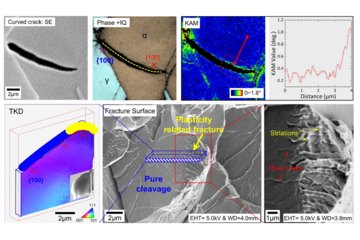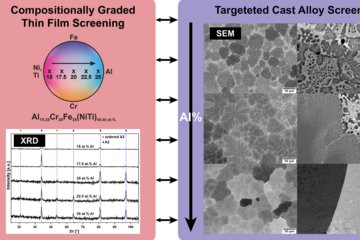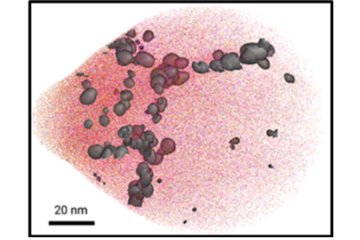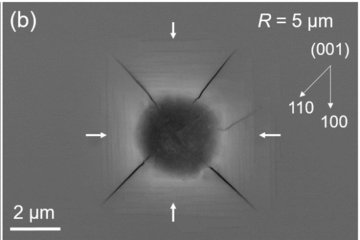All genres
161.
Talk
Nanostructure Manipulation by Segregation Engineering. George Smith Symposium on Atom Probe Tomography, Oxford, UK (2014)
162.
Talk
Atom Probe Tomography and Correlative TEM/APT at the MPIE. Inauguration of the Atom Probe at the Institute for Physics IA at the RWTH Aachen, Aachen, Germany (2014)
163.
Talk
Nanostructure Manipulation by Segregation Engineering. 2nd ESISM International Workshop on Fundamental Issues of Structural Materials, Kyoto, Japan (2014)
164.
Talk
High Throughput Quantification of Grain Boundary Segregation by Correlative TEM and APT. TMS 2014, Solid-State Interfaces III Symposium, San Diego, CA, USA (2014)
165.
Talk
Atomic scale understanding of 7 GPa ultra-high strength pearlite. TMS 2014 - Mechanical Behavior Related to Interface Physics II Symposium, San Diego, CA, USA (2014)
166.
Talk
Hydrogen-carbide interactions in steels: Ab-initio calculations combined with experiment. Steel & Hydrogen, 2nd International Conference on Metals and Hydrogen, Gent, Belgium (2014)
167.
Talk
Properties modification by gradual devitrification of amorphous steels: element-resolved corrosion studies and mechanical behavior. 21st International Symposium on Metastable Amorphous and Nanostructured Materials, ISMANAM 2014, Cancun, Mexico (2014)
168.
Talk
Atom Probe Tomography and Correlative TEM/APT at the MPIE. Mini-Symposium Atom Probe Tomography, National APT Facility Eindhoven, TU Delft, Delft, The Netherlands (2014)
169.
Talk
High Throughput Quantification of Grain Boundary Segregation by Correlative Transmission Electron Microscopy and Atom Probe Tomography. International Conference on Atom Probe Tomography & Microscopy 2014, Stuttgart, Germany (2014)
170.
Talk
Atom Probe study of Cu2ZnSnSe4 thin-film solar cells prepared by co-evaporation and post-deposition annealing. E-MRS 2014, Lille, France (2014)
171.
Talk
On the nano-scale characterization of kesterite thin-films. Seminar „Neue Materialien - Halbleiter“ 2014, Otto-von-Guericke University, Magdeburg, Germany (2014)
172.
Talk
Influence of Al content on the precipitation of Fe–Mn–Al–C steels. International Conference on Atom Probe Tomography & Microscopy 2014, Stuttgart, Germany (2014)
173.
Talk
Characterization of κ-carbide precipitates in austenitic Fe–Mn–Al–C steels using atom probe tomography. Thermec 2013, Las Vegas, NV, USA (2013)
174.
Talk
Atomic-Scale Mechanisms of Strengthening in Wire Drawn Pearlite. MRS Fall Meeting, Boston, MA, USA (2013)
175.
Talk
Quantification of Grain Boundary Segregation in Nanocrystalline Material. Seminar at Department Microstructure Physics and Alloy Design, MPI für Eisenforschung, Düsseldorf, Germany (2013)
176.
Talk
Atomic scale insights into Cu2ZnSnSe4 thin-film solar cells by APT. 4th European KesteriteWorkshop 2013, Berlin, Germany (2013)
177.
Talk
Simple Tools for Analysing Mass Spectra. APT Workshop at ETH Zürich, Zürich, Switzerland (2013)
178.
Talk
Combining Structural and Chemical Information on the nm Scale by Correlative TEM and APT Characterization. European Atom Probe Workshop 2013 at ETH Zürich, Zürich, Switzerland (2013)
179.
Talk
Atom Probe study of Cu2ZnSnSe4 thin-films prepared by co-evaporation and post-deposition annealing. Euromat 2013, Sevilla, Spain (2013)
180.
Talk
High strength and ductile high-Mn low-density steels by ordered nanocarbides. Euromat 2013, Sevilla, Spain (2013)











